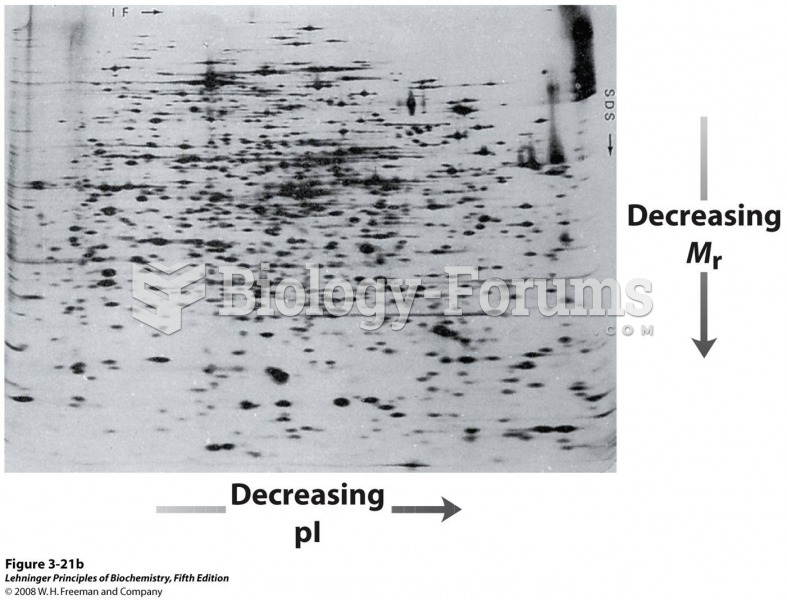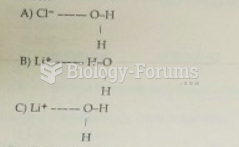This topic contains a solution. Click here to go to the answer
|
|
|
Did you know?
The Romans did not use numerals to indicate fractions but instead used words to indicate parts of a whole.
Did you know?
There are more bacteria in your mouth than there are people in the world.
Did you know?
Your heart beats over 36 million times a year.
Did you know?
It is difficult to obtain enough calcium without consuming milk or other dairy foods.
Did you know?
Throughout history, plants containing cardiac steroids have been used as heart drugs and as poisons (e.g., in arrows used in combat), emetics, and diuretics.







